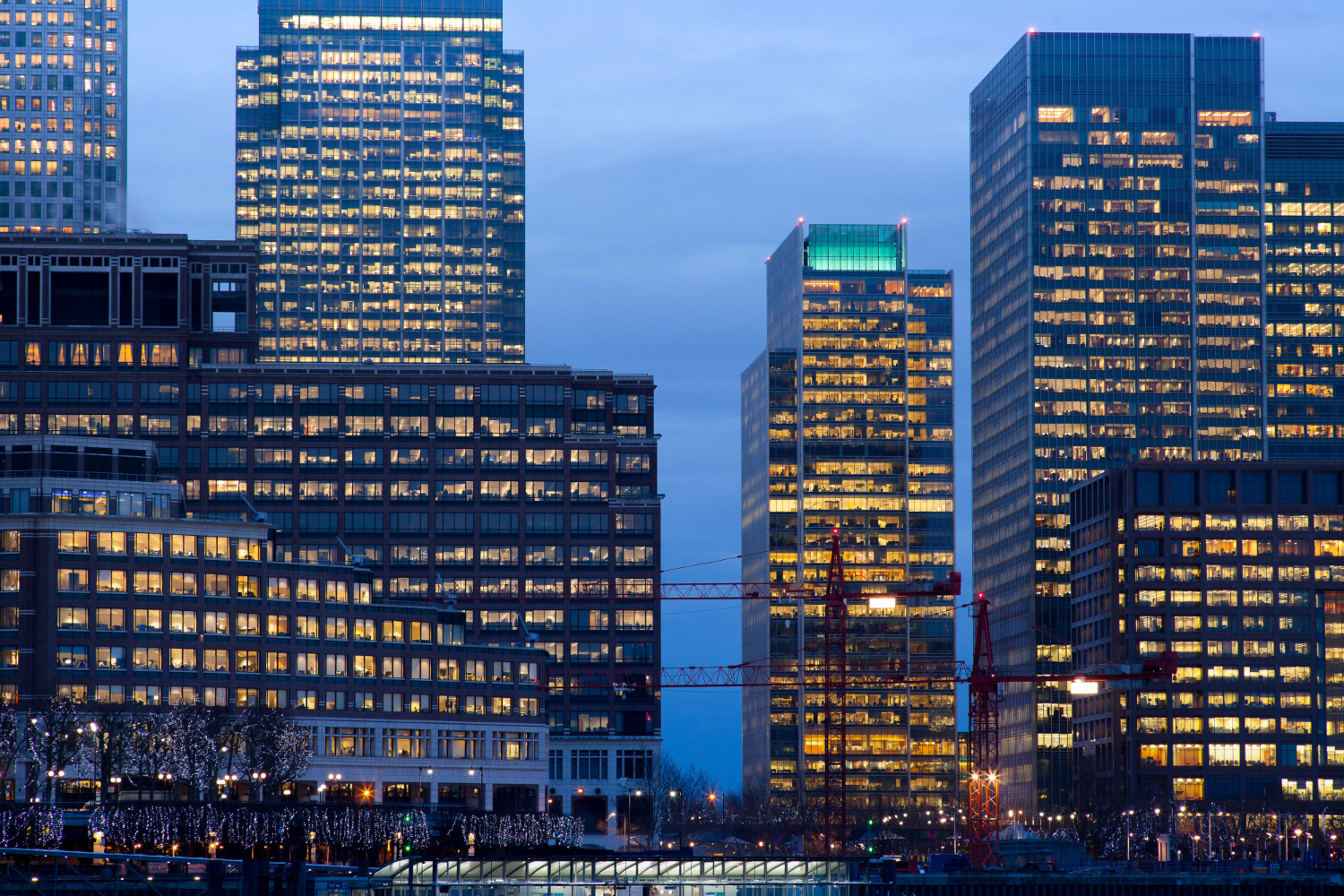

When it comes to building design, the focus often leans towards aesthetics, functionality, and sustainability. However, one crucial aspect that should never be overlooked is drainage. Effective drainage systems are fundamental to the longevity and safety of any building, whether it’s a residential property, commercial complex, or industrial facility. Here’s why drainage must be a priority in building design.
Prevention of Water Damage
Water damage is one of the most common issues affecting buildings, and it can be incredibly costly to repair. Poor drainage can lead to the accumulation of water around the foundation of a building, which can eventually seep into the structure. This not only weakens the foundation but can also cause dampness, mould growth, and other structural problems that compromise the safety and integrity of the building.
Mitigation of Flood Risks
With the increasing frequency of extreme weather events, effective drainage systems are more important than ever. Inadequate drainage can lead to surface water flooding, which poses a risk to the building’s occupants and can damage property and infrastructure. A well-designed drainage system helps to channel water away from the building and its surroundings, reducing the risk of flooding and its associated costs.
Enhancement of Building Longevity
Drainage systems are vital in maintaining the structural integrity of a building over time. Water is a natural element that can cause significant wear and tear if not properly managed. Proper drainage ensures that water is diverted away from critical structural components, preventing erosion, rot, and other issues that can shorten the lifespan of the building.
Improvement of Health and Safety
Standing water and poor drainage can lead to a host of health and safety issues. Stagnant water can become a breeding ground for mosquitoes and other pests, which can spread diseases. Additionally, slippery surfaces due to water accumulation pose a safety hazard to building occupants. Ensuring effective drainage minimises these risks, creating a safer environment for everyone.
Compliance with Regulations
Building codes and regulations often require that drainage systems are implemented to a certain standard. Failure to comply can result in legal consequences and additional costs for modifications. Prioritising drainage during the design phase ensures that the building meets all regulatory requirements and avoids potential legal issues down the line.
Environmental Considerations
Sustainable building design is a growing priority, and proper drainage plays a crucial role in this. Efficient drainage systems can help manage stormwater runoff, reduce soil erosion, and prevent pollutants from entering the natural water system. Incorporating sustainable drainage solutions, such as green roofs and permeable pavements, can further enhance the environmental performance of the building.
Cost Efficiency
While the initial investment in a comprehensive drainage system might seem high, it’s a cost-effective decision in the long run. The cost of repairing water damage or dealing with flood-related issues can far exceed the cost of installing a robust drainage system. Additionally, proactive drainage management reduces maintenance costs and prolongs the life of the building.
Conclusion
Incorporating effective drainage systems into building design is not just a good practice—it’s a necessity. By prioritising drainage, architects and builders can ensure the structural integrity, safety, and longevity of their projects. Moreover, proper drainage is essential for compliance with regulations and environmental sustainability. Ultimately, a well-designed drainage system is an investment that pays dividends in the long-term health and performance of any building.




